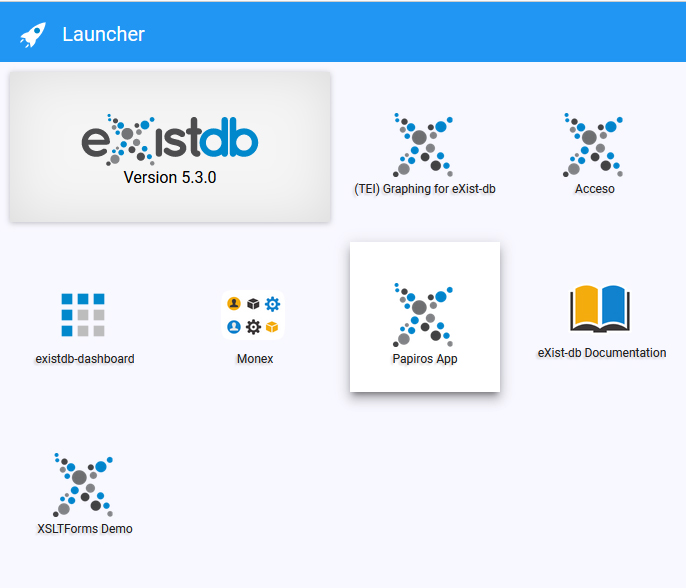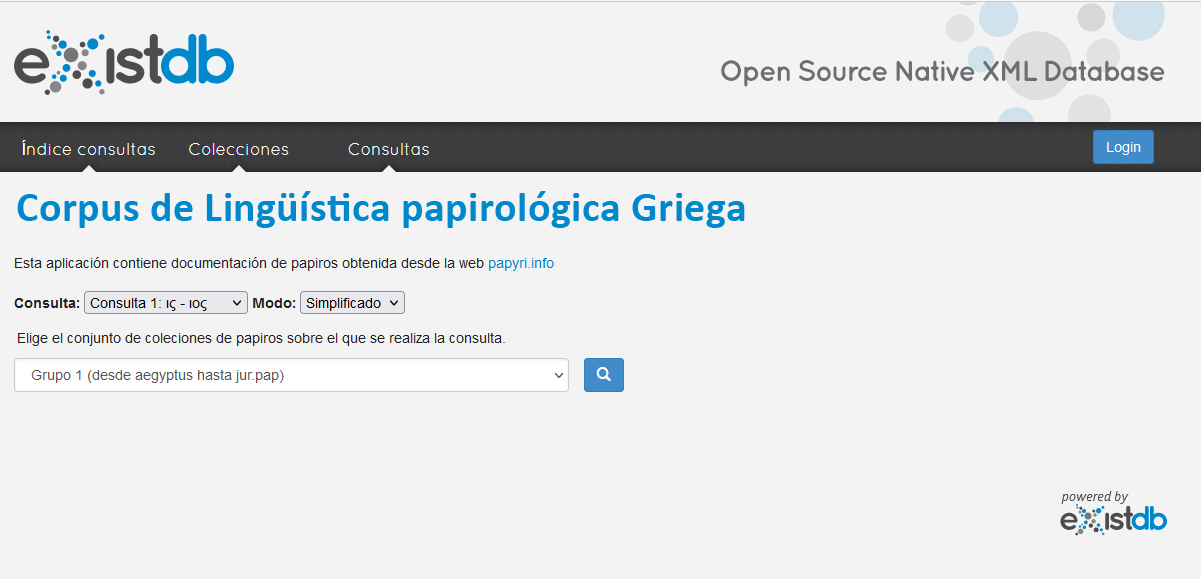Digital tools applied to the Koine Greek
Papyrological Linguistics and Digital Humanities (LPDH)

Study of the application of new digital technologies to research in Ancient Greek Linguistics, and more specifically in Papyrological Linguistics.
The project submits to review, by means of the digital tools available in Papyrological Linguistics and its own developments, the fundamental characteristics of the Koine Greek documented in the papyri between the 3rd century BC and 8th century AD, establishing the consequences that its use may have on basic methodological approaches of this research.
Based on the data of the Duke Databank of Documentary Papyri (DDbDP) digital corpus of Greek, new and extensive lists of variants are extracted to check the explanations and analyses given in the manuals and grammars on the origin of each phenomenon, its dating, geographical distribution, frequency indexes, as well as the interrelation between the evolution of different phenomena.
Part of digital edition of a papyrus in the DDbDP electronic corpus in html and xml format

"The project carries out a review of the existing descriptions of the language of Greek papyri, using a very large data sampling and a number of new approaches facilitated by the so-called digital papyrology, within cutting-edge research in Digital Humanities."
José Antonio Berenguer
Instituto de Lenguas y Culturas del Mediterráneo y Oriente Próximo (ILC). CSIC
This research aims to:
Analyze the application of new digital technologies to the study of ancient languages in order to:
- 1) Provide an evaluation of their use.
- 2) Provide data on: methodology, goals, project approach, data extraction, sampling, analysis and dissemination of results.
- 3) Assess the current situation, developments and future directions.
Contribute to the advancement of the knowledge of the Greek language documented in the papyri, by reviewing the basic features of that language, as they are collected and explained in the fundamental reference works.
A contrastive examination of the existing data with the contributions and new data and approaches obtained with the new digital tools will be provided; for this purpose, a web application is being developed that, using the xquery language, will allow the dynamic extraction of graphic variants from the Greek papyri (DDbDP) digital corpus, taking advantage of the Epidoc (Epigraphic Documents in TEI-XML) tagging and open data.

App-Web developed for the project in exist-db

Access to predefined queries in the App-Web
Data is stored, displayed and can be exported in standard formats: html, XML and JSON, for web viewing and download.

Detail of a xquery of the database.
The geographical visualization of the variants will allow the creation of linguistic maps, given the systematic mention in the corpus of all the locations of the texts.

Viewing a query on the App-Web.
I.P.: José Antonio Berenguer - ILC (CSIC)
His areas of specialization are: Greek philology, in particular Ancient Greek linguistics and lexicography. Indo-European Linguistics.
read more...


